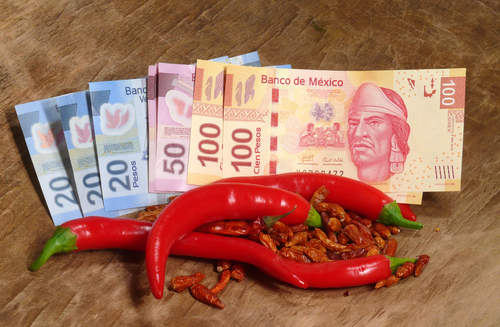Regular central bank surveys can often shed increased light on developing situations in the forex market. A recent study by the BIS in their Triennial Central Bank survey, has pointed out a few different items of interest. Forex trading has climbed to an average of $5.3 trillion in transactions per day in April 2013. The most often cited statistic put that number at about $4 trillion, which amounts to a 35% increase in turnover in 3 years.
The largest financial centres are increasingly dominating the trading landscape, with sales desks in the UK, the US, Singapore and Japan accounting for 71% of foreign exchange trading, up from a combined share of 66% in April 2010. Singapore has passed Tokyo as the number 3 centre of forex trading in the world. The shift likely does not herald any differences to come but it is an interesting fact in trying to ascertain the cause. Significant shifts can be the result of several different factors such as local financial regulations shifting, general economic status, or a change in government.
The United States Dollar is still king of the hill in volume of transactions accounting for one side of 87% of all trades in April 2013. While the Euro was the second most traded currency, it has been hammered by the European Union economic crisis in recent years. Transactions have fallen from 39% to 33% between 2010 and 2013. The Euro is still the second most liquid currency and is likely to remain a strong contender for as long as the EU continues to work and combat the economic problems in their sector.
The increase in transaction value paints a strong future for the forex market. It should continue to grow thanks to increased visibility, accessibility, and transparency. Currencies are going to be an important part of economics and the human experience for some time to come. The importance of the subject matter combined with internet accessibility gives forex the potential for a strong presence whether it’s from spot retail traders or governments.
Other interesting statistics presented in the study is the UK’s 41% lion’s share of transactions. That may seem odd at first glance since a majority of transactions involve the United States Dollar; but then the United States is likely the reason for that statistic. United States regulators have implemented several policies and restrictions that domestic traders don’t want to have to navigate. The obvious choice is for these traders to take their money overseas where they aren’t under restraint on how they can use their money in the forex market.
The EUR/USD accounts for about 24% of all transactions. The leading status this pair holds makes sense when one considers the highly liquid nature of both currencies. The USD is an important currency thanks to its worldwide use for acquisition of commodities. The Euro has a similar status but to a much lesser extent.
Emerging Market Currencies

Two new currency developments are the positioning of the Chinese renminbi and Mexican Peso on the Top 10 most traded currencies. The Chinese have adopted a proactive approach in making the yuan an internationally favorable currency as opposed to its rather closed nature before. We see the great effect this effort has had with the number nine position they now have, a jump of eight places from the seventeen spot it held in the 2010 survey. The Mexican Peso is a story of turning a difficult corner. The Mexican economy looks favorable, interest rates are high, and domestic drug crime is down. It’s a perfect combination for short-term investors which boosted it to 2.5% total transactions and the number eight position on the Top 10 list.
The Future
All in all- the future looks bright for the forex market although there are several pockets of storm clouds to navigate. Many economies have simply been holding steady as opposed to making meaningful gains. It seems that in some locations, a resolution or attack on one problem simply heralds the arrival of another. The good news is that this study suggests that more people are pumping more money through the forex market. It is simply up to traders to make the most of it!
This post was written by Dennis Heil a private forex trader from Ventura CA for MahiFX..
